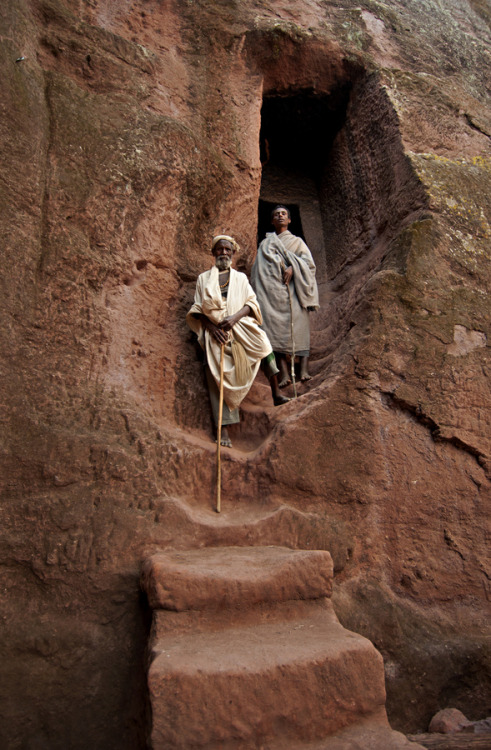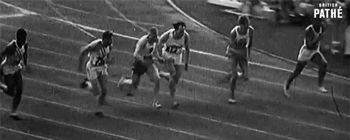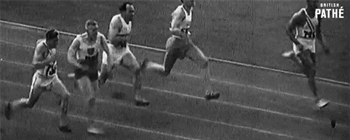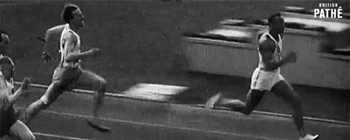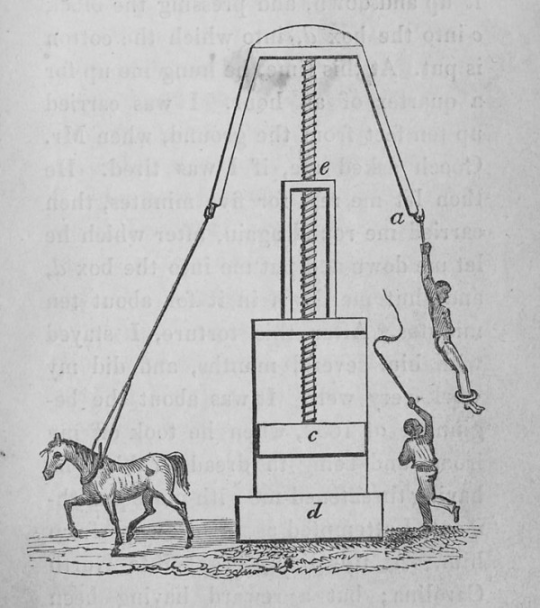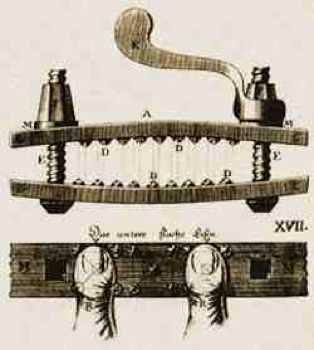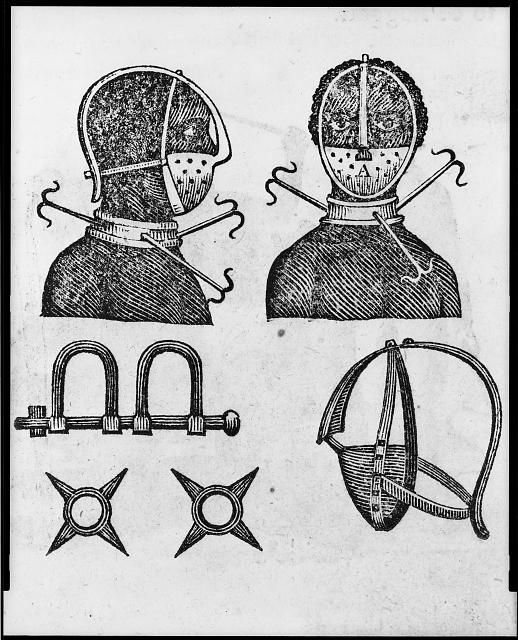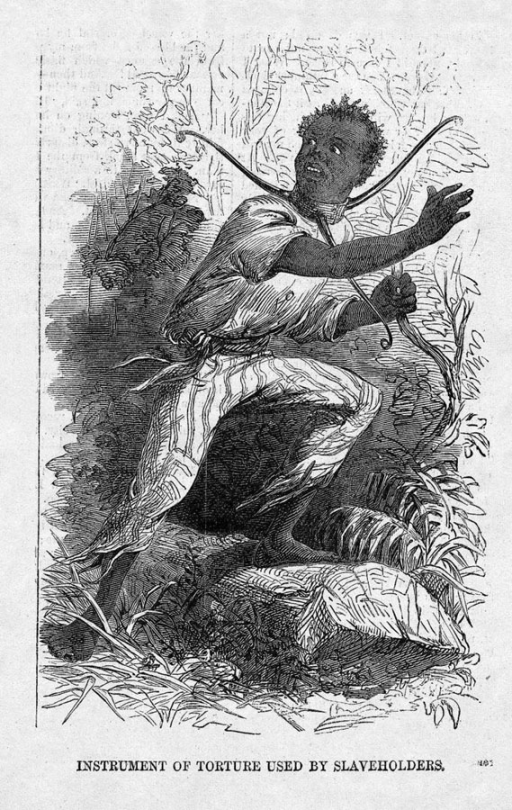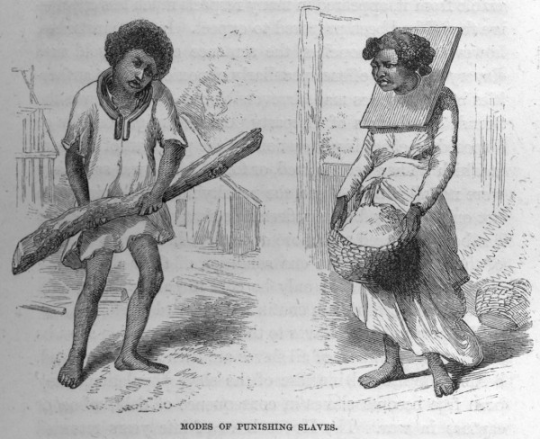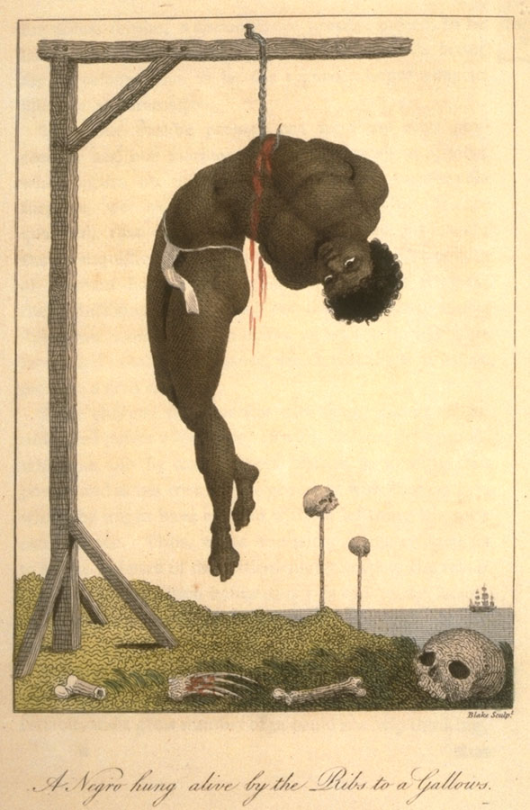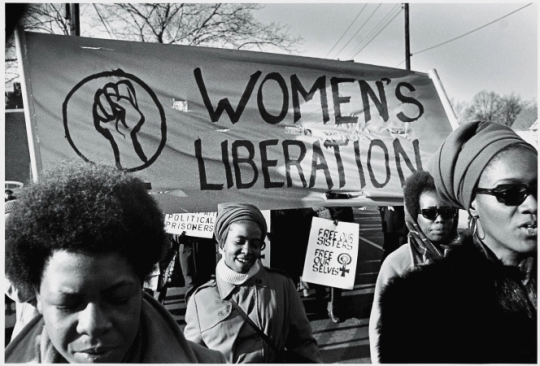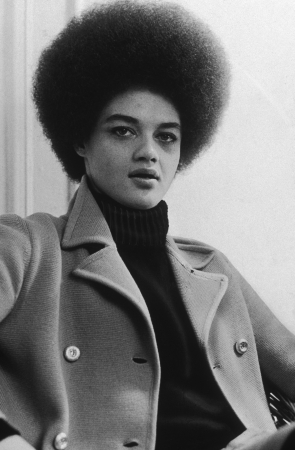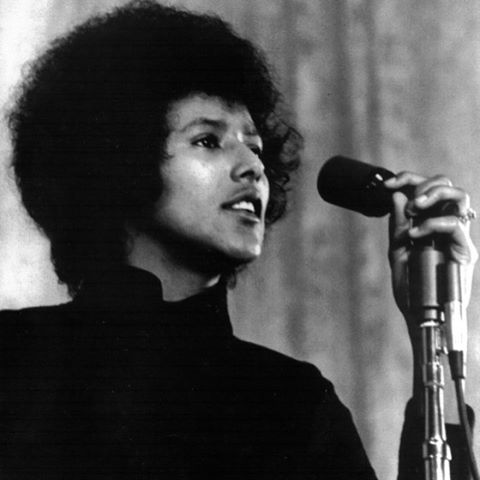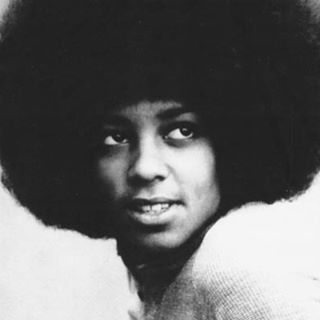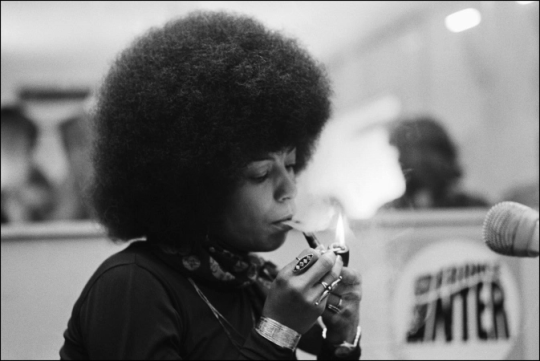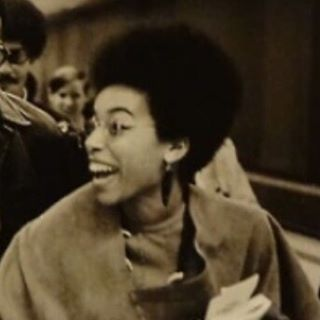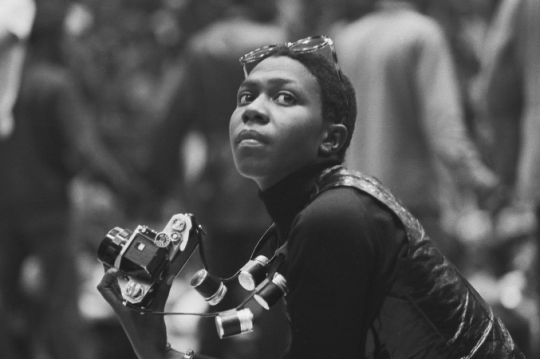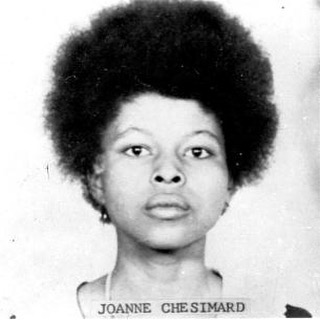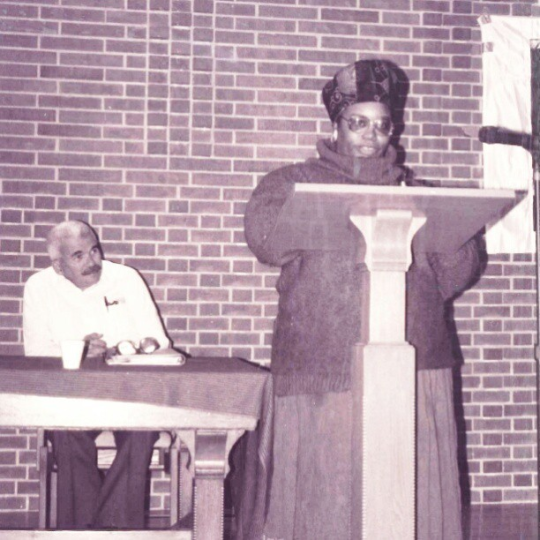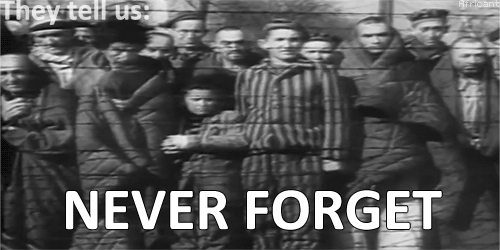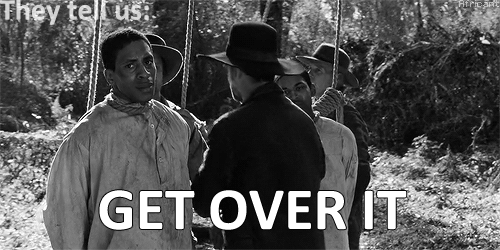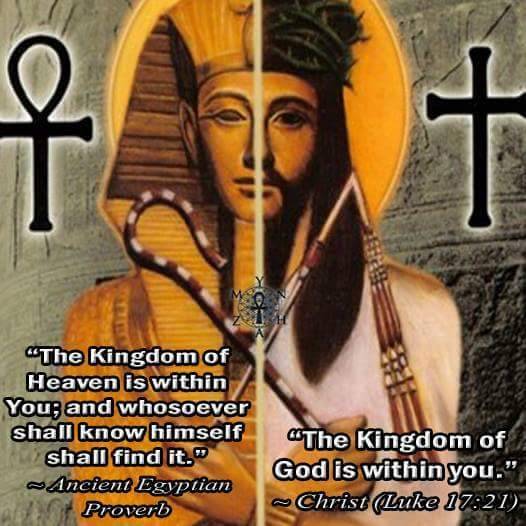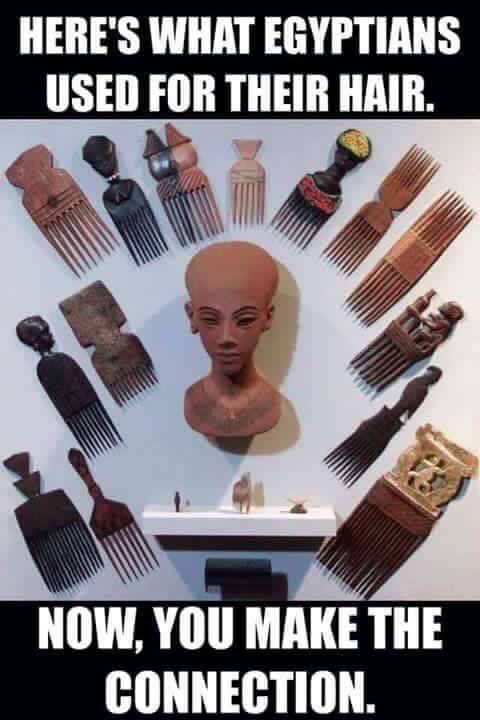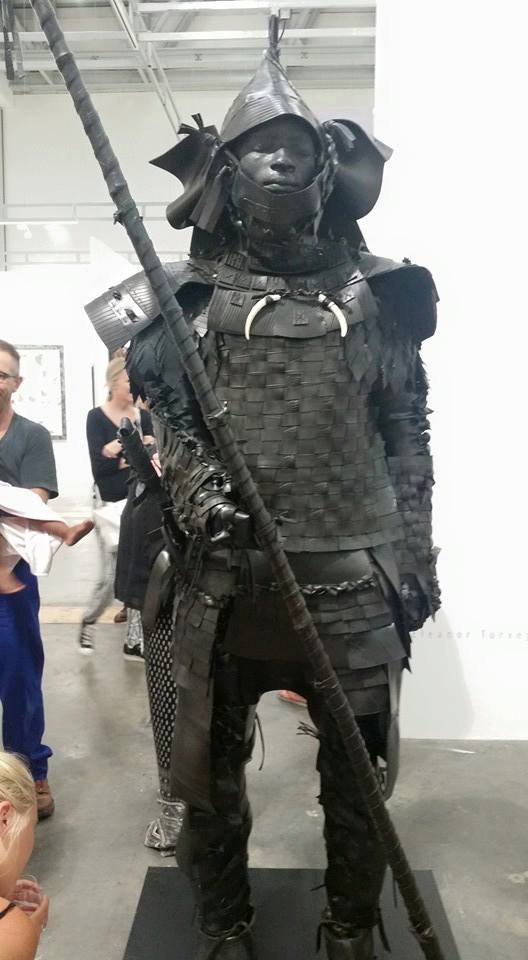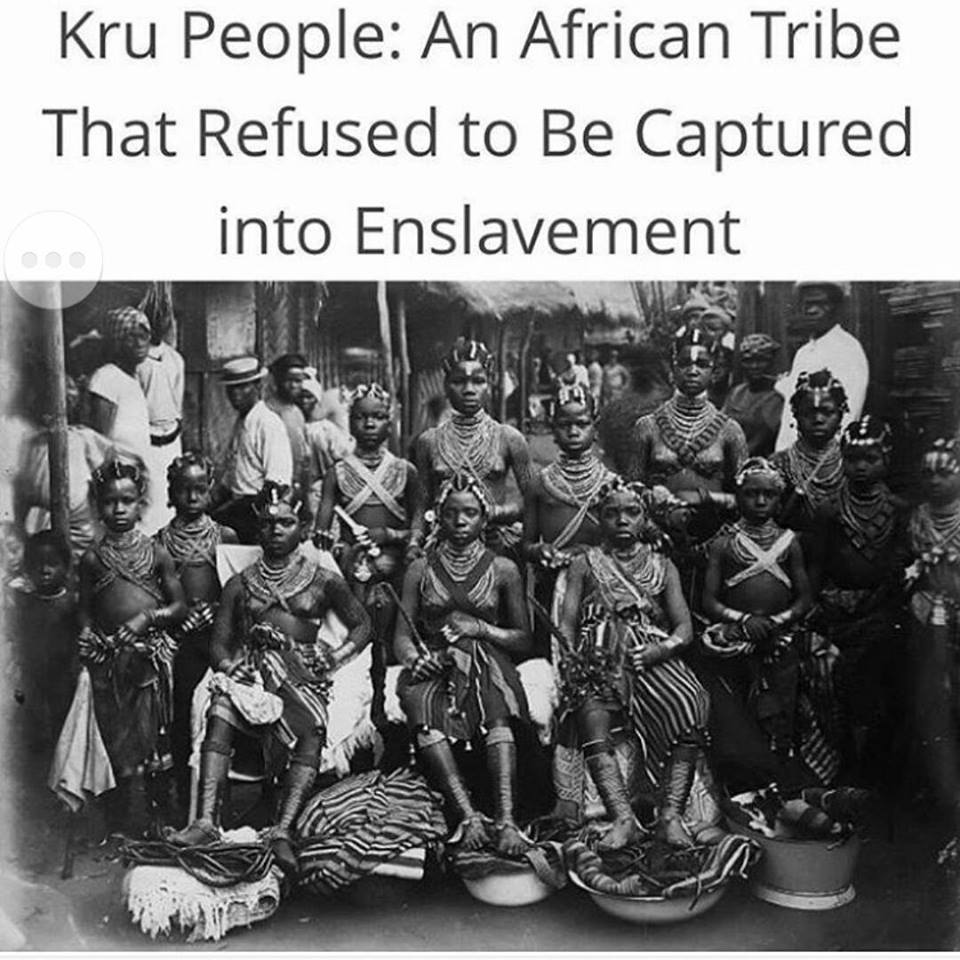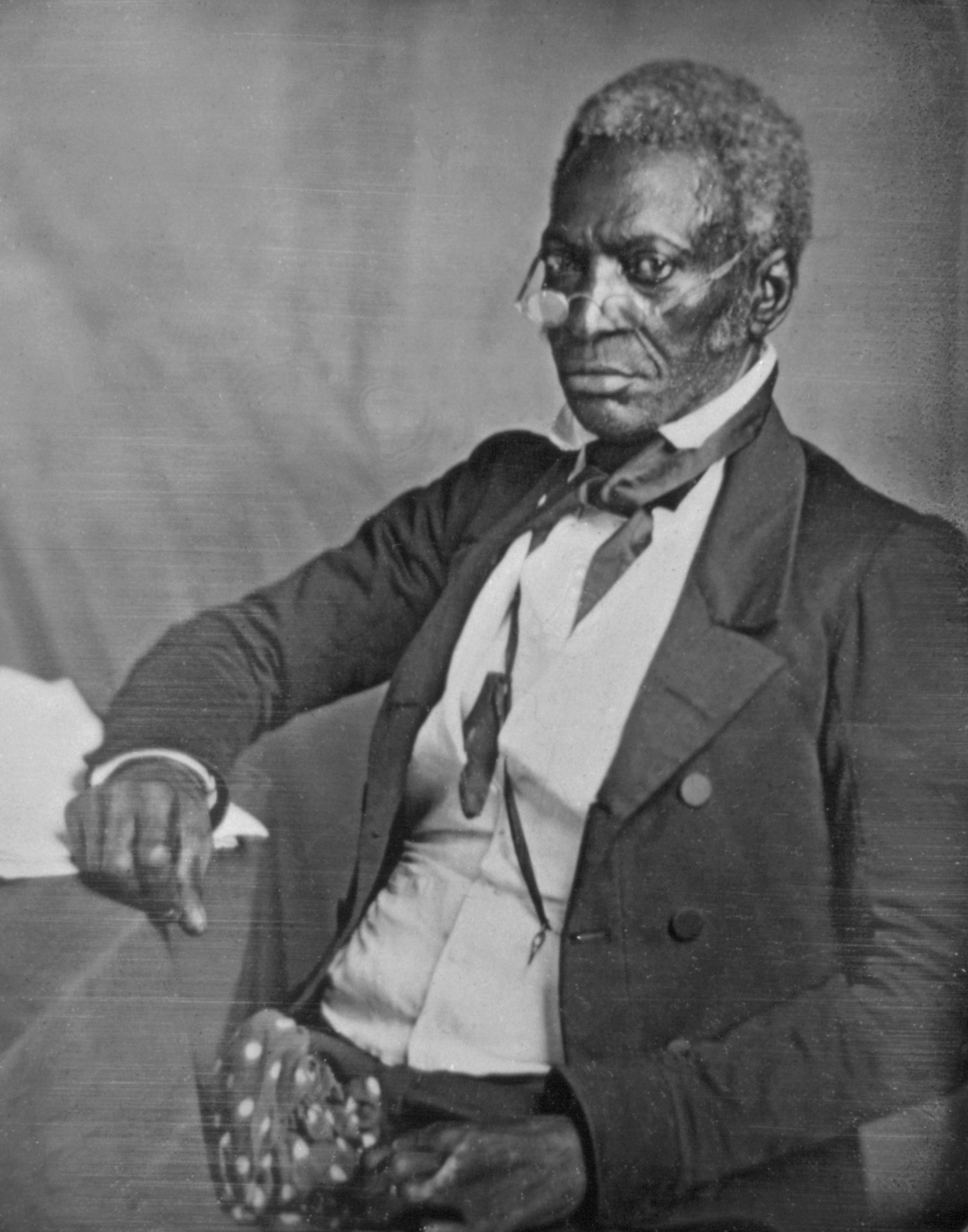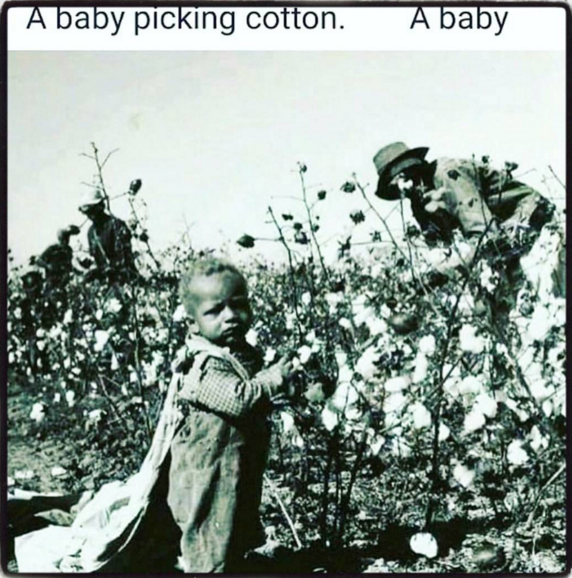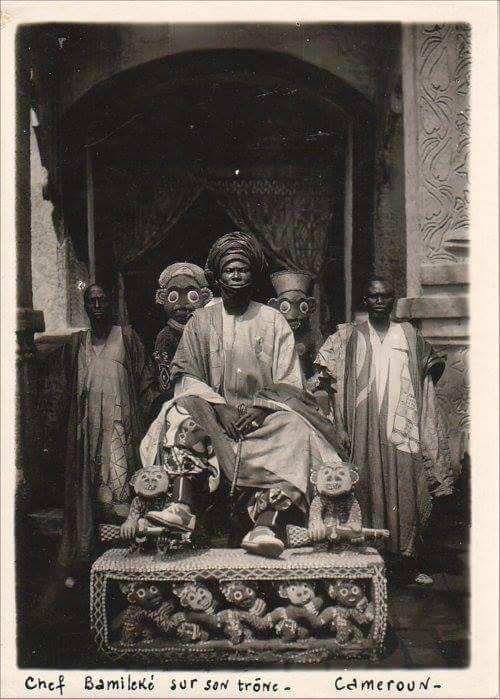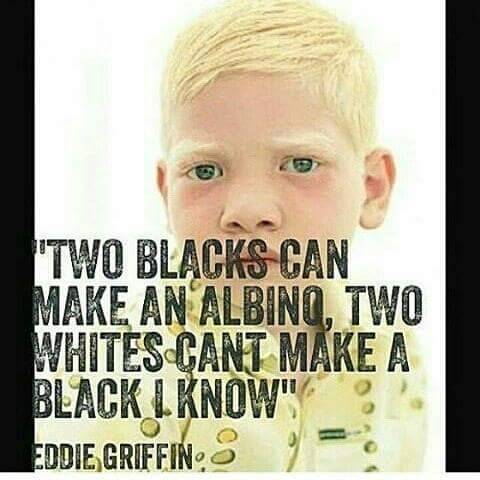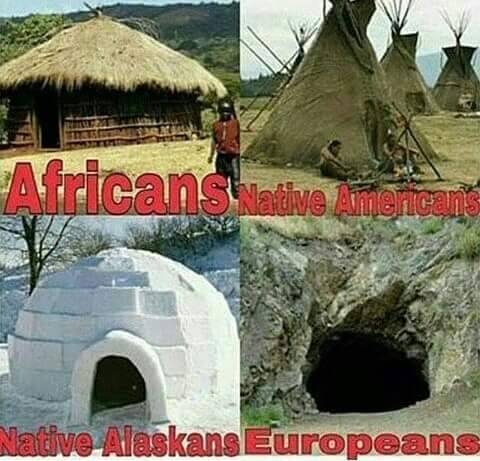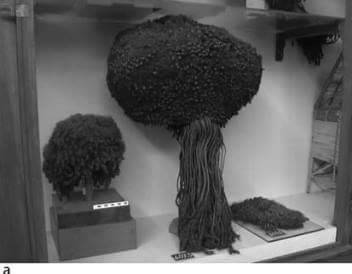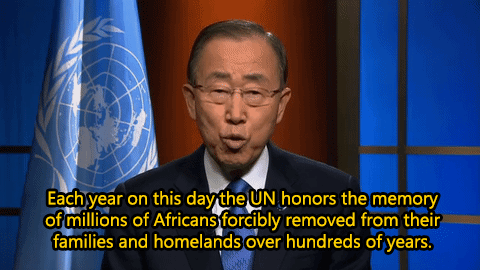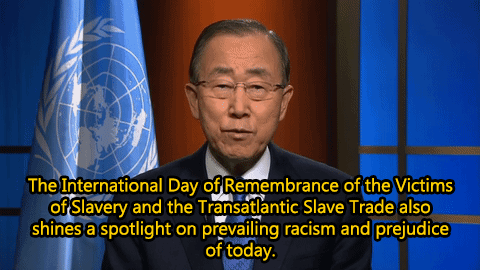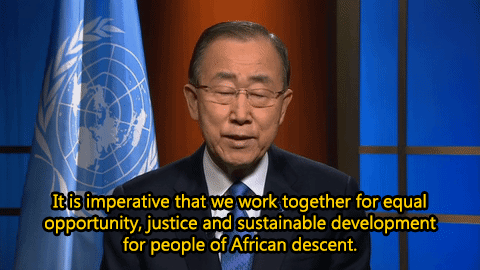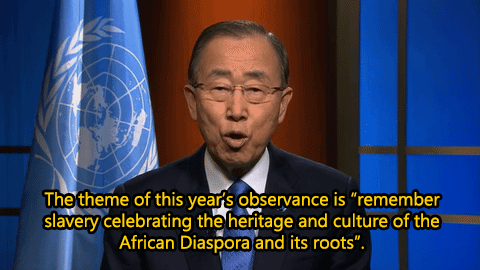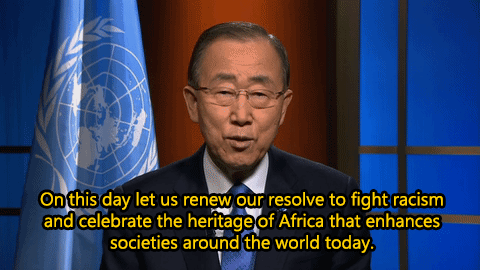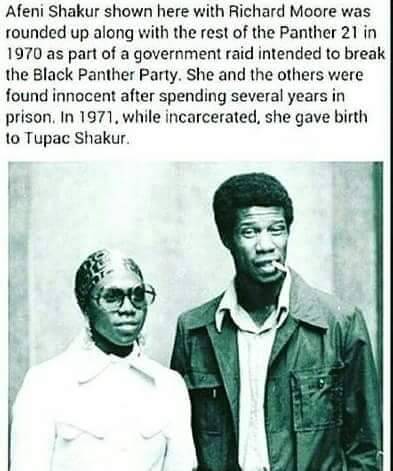GERMAN EAST AFRICA
MARCH 28, 2013
The German Empire in Africa
While this blog is primarily about the British Empire I have recently come into possession of some amazing pictures of the German Empire in Africa.
For much of the last couple of decades of the 19th Century, the scramble for Africa had occupied the minds of British politicians and intelligence officers.
Britain had two main preoccupations in Northern Africa during the 1890’s. First off was the stability of Egypt, this was essential to the smooth running of the Suez Canal (lifeline of India) and the second was keeping foreign powers away from the headwaters of the Nile, this was to stop anyone from controlling the flood waters of the Nile.
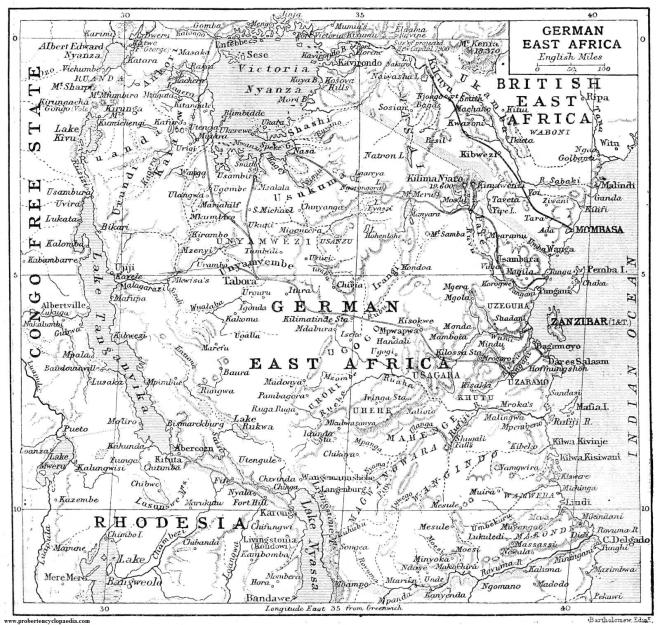
Map of German East Africa 1906
With France pushing towards the Nile from the West and Italy and German pushing from the East, a nervous London authorized the re-Occupation off the Sudan in 1898 to keep these powers away from the Nile.
With Italy humiliated in Abyssinia and the France thwarted by the occupation of the Sudan, Germany suddenly became the main player in the scramble for territory.
In 1894 Uganda became a British protectorate in order to stop the Germans march up the west side of Lake Victoria and to further hem in the Germans, Britain created British East Africa to block an advance up the east side of the Lake.
Border clashes between native levies became the norm for the next 20 years and the region wasn’t settled until the defeat of Germany in ww1.
The following pictures are from the collection of my friend Rob Schafer. A German Historian, Rob specializes in German Military history and I would highly recommend his blog (http://gottmituns.net/). He has kindly allowed me to share these pictures and my thanks go to him.
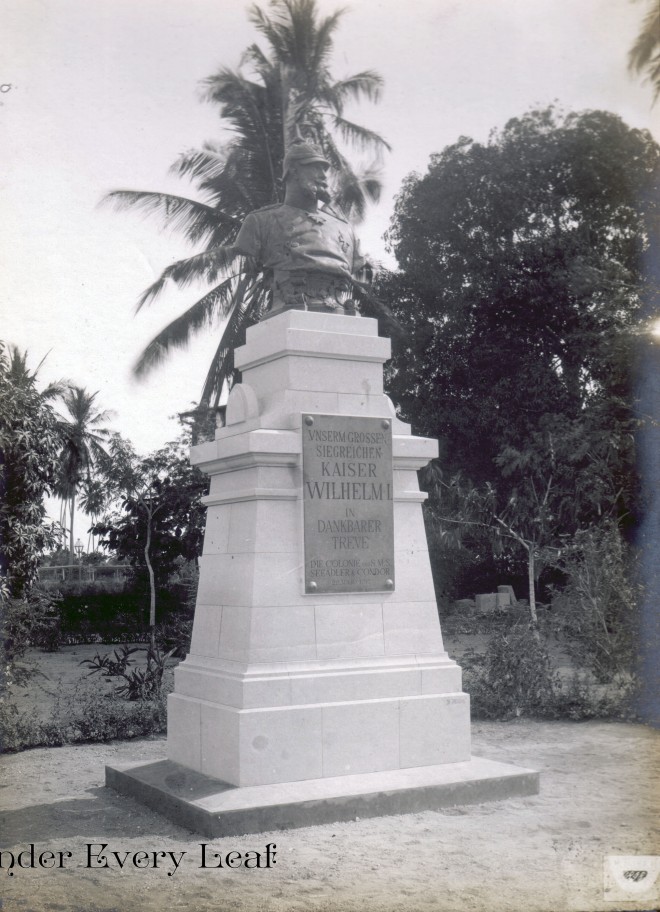
Memorial to Kaiser Wilhelm 1897
German East Africa
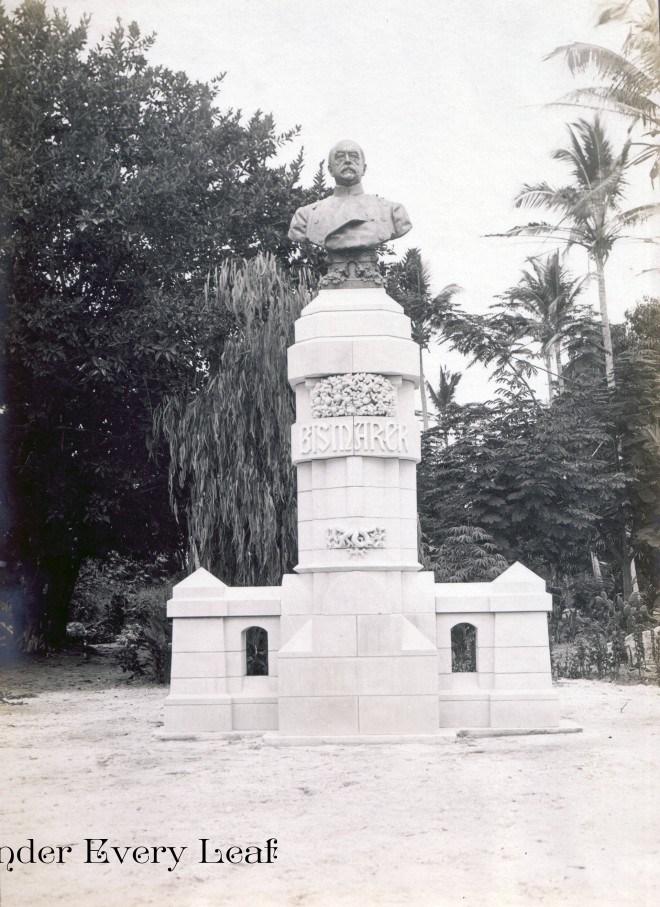
Founder of the Nation
Von Bismarek
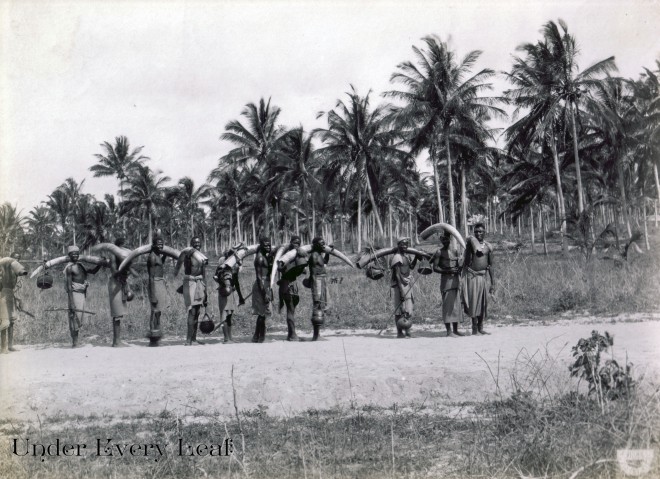
African porters with the latest haul
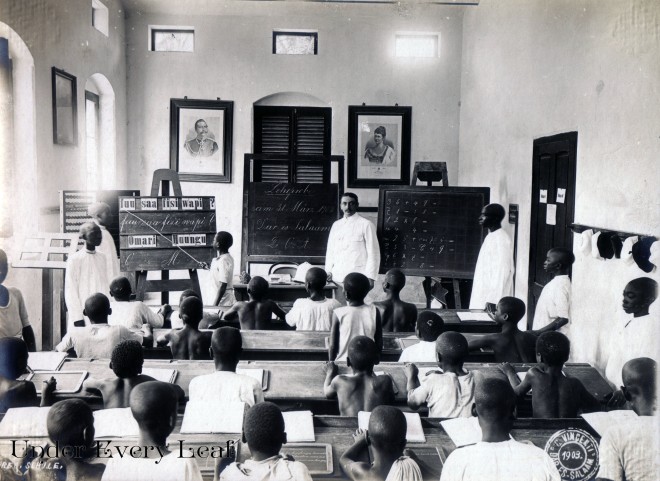
German school for native children
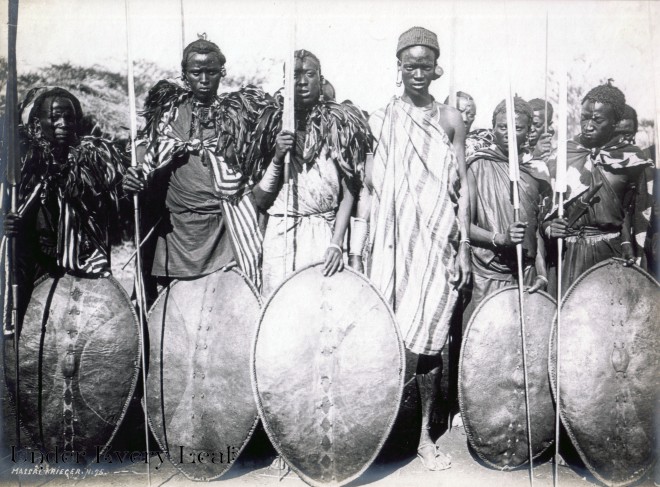
Massai auxiliaries German East-Africa
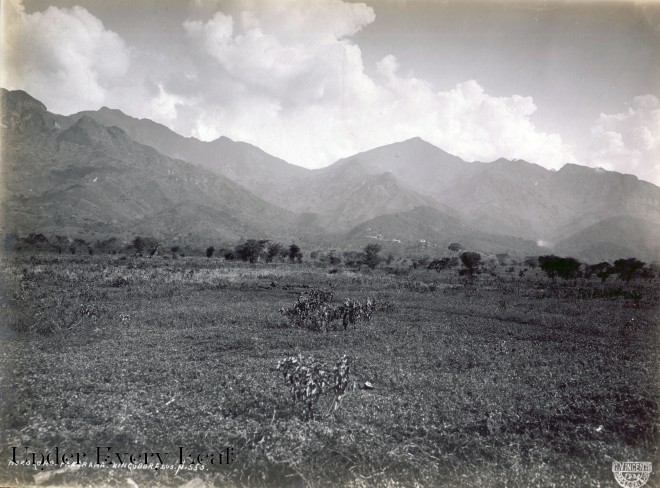
The beauty of German East Africa 1900
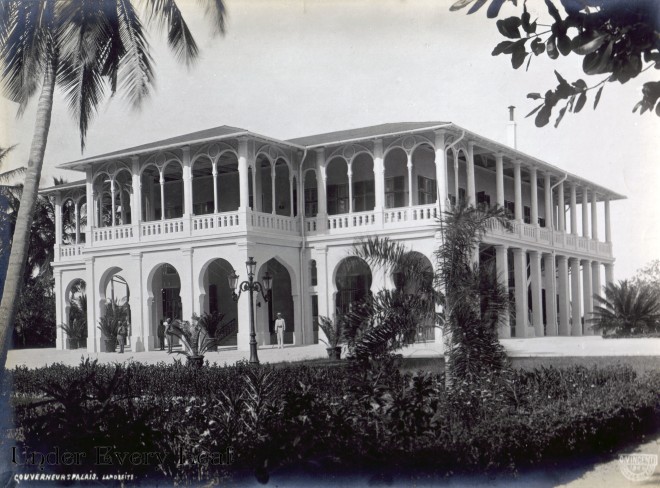
Governors Palace 1901

German overseers with African workers 1900
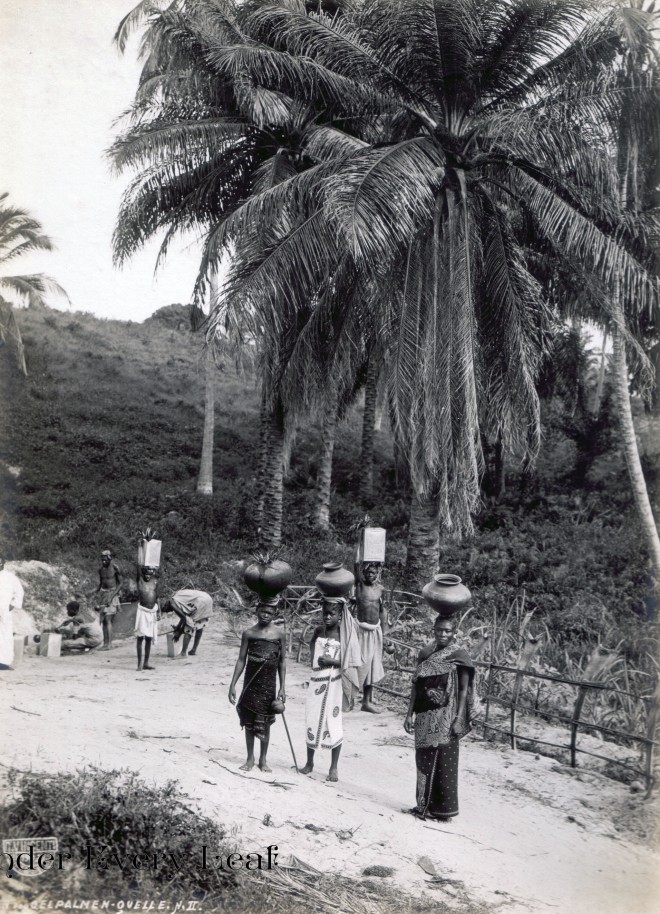
Woman collecting water
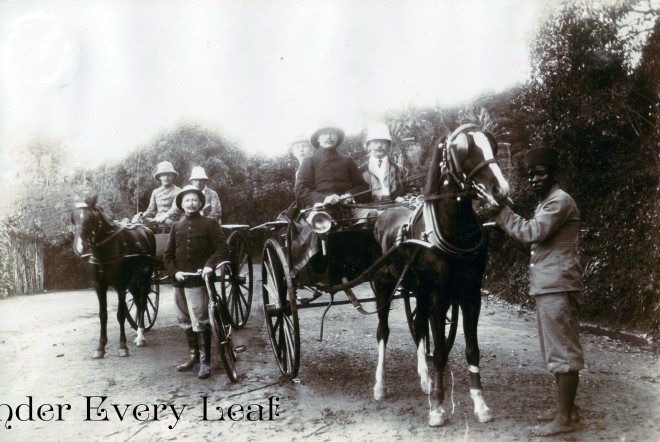
A little bit of Germany in Africa 1900

African servants with the Imperial crest 1900
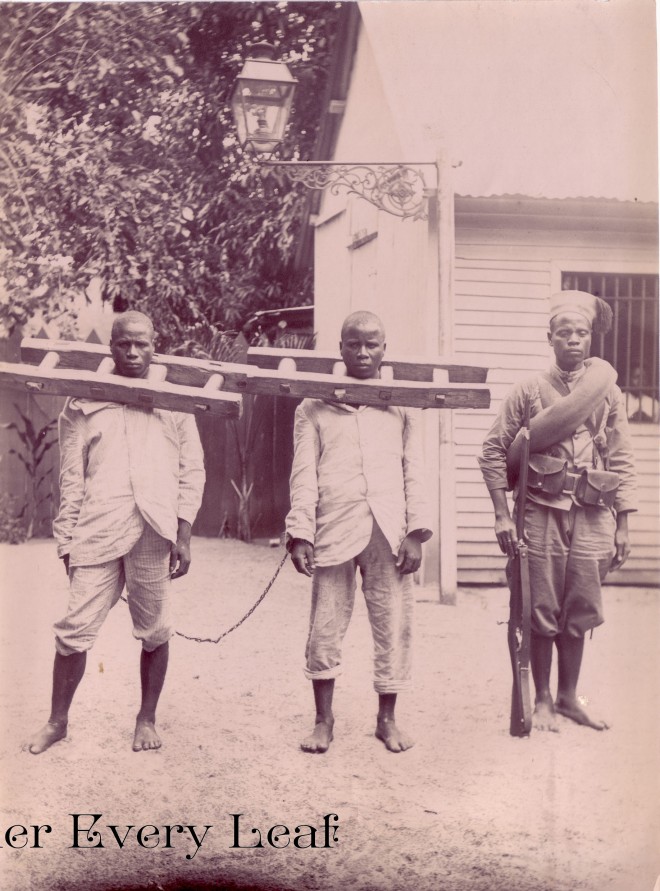
African prisoners 1900
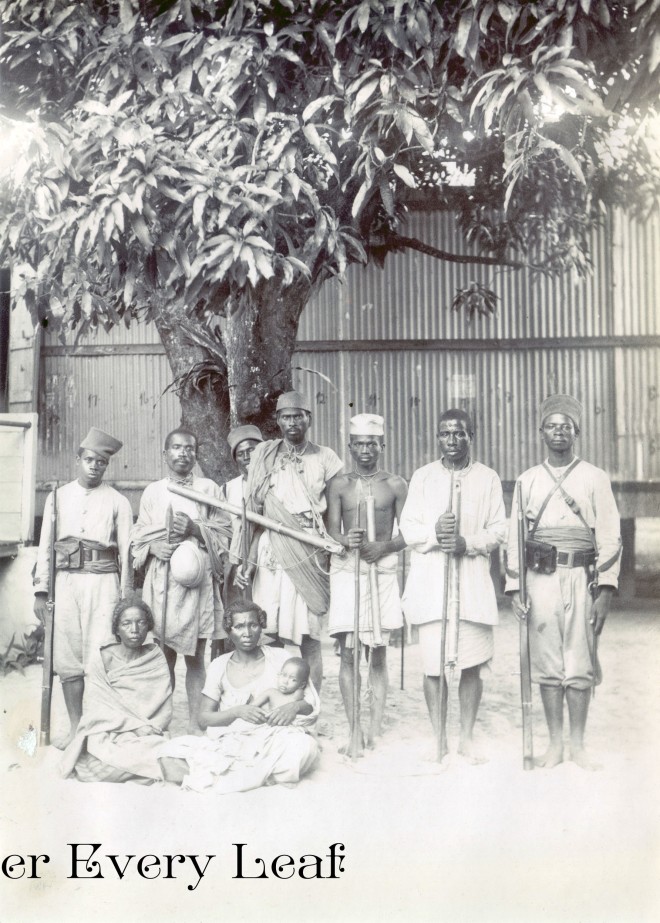
African irregulars 1900
I really hope you have enjoyed these brilliant photos which have shone a light on Imperial Africa at the turn of the century.
https://undereveryleaf.wordpress.com/tag/german-east-africa/
MARCH 28, 2013
The German Empire in Africa
While this blog is primarily about the British Empire I have recently come into possession of some amazing pictures of the German Empire in Africa.
For much of the last couple of decades of the 19th Century, the scramble for Africa had occupied the minds of British politicians and intelligence officers.
Britain had two main preoccupations in Northern Africa during the 1890’s. First off was the stability of Egypt, this was essential to the smooth running of the Suez Canal (lifeline of India) and the second was keeping foreign powers away from the headwaters of the Nile, this was to stop anyone from controlling the flood waters of the Nile.

Map of German East Africa 1906
With France pushing towards the Nile from the West and Italy and German pushing from the East, a nervous London authorized the re-Occupation off the Sudan in 1898 to keep these powers away from the Nile.
With Italy humiliated in Abyssinia and the France thwarted by the occupation of the Sudan, Germany suddenly became the main player in the scramble for territory.
In 1894 Uganda became a British protectorate in order to stop the Germans march up the west side of Lake Victoria and to further hem in the Germans, Britain created British East Africa to block an advance up the east side of the Lake.
Border clashes between native levies became the norm for the next 20 years and the region wasn’t settled until the defeat of Germany in ww1.
The following pictures are from the collection of my friend Rob Schafer. A German Historian, Rob specializes in German Military history and I would highly recommend his blog (http://gottmituns.net/). He has kindly allowed me to share these pictures and my thanks go to him.

Memorial to Kaiser Wilhelm 1897
German East Africa

Founder of the Nation
Von Bismarek

African porters with the latest haul

German school for native children

Massai auxiliaries German East-Africa

The beauty of German East Africa 1900

Governors Palace 1901

German overseers with African workers 1900

Woman collecting water

A little bit of Germany in Africa 1900

African servants with the Imperial crest 1900

African prisoners 1900

African irregulars 1900
I really hope you have enjoyed these brilliant photos which have shone a light on Imperial Africa at the turn of the century.
https://undereveryleaf.wordpress.com/tag/german-east-africa/


